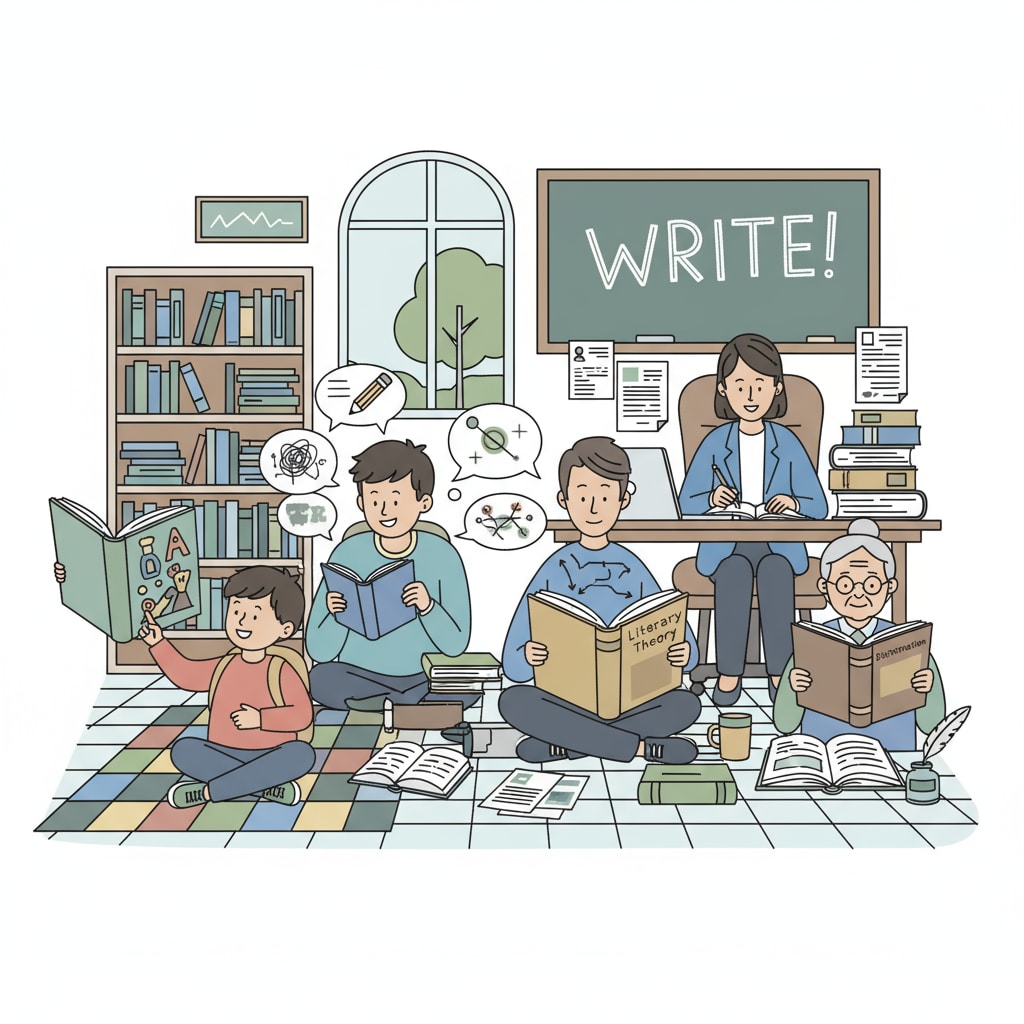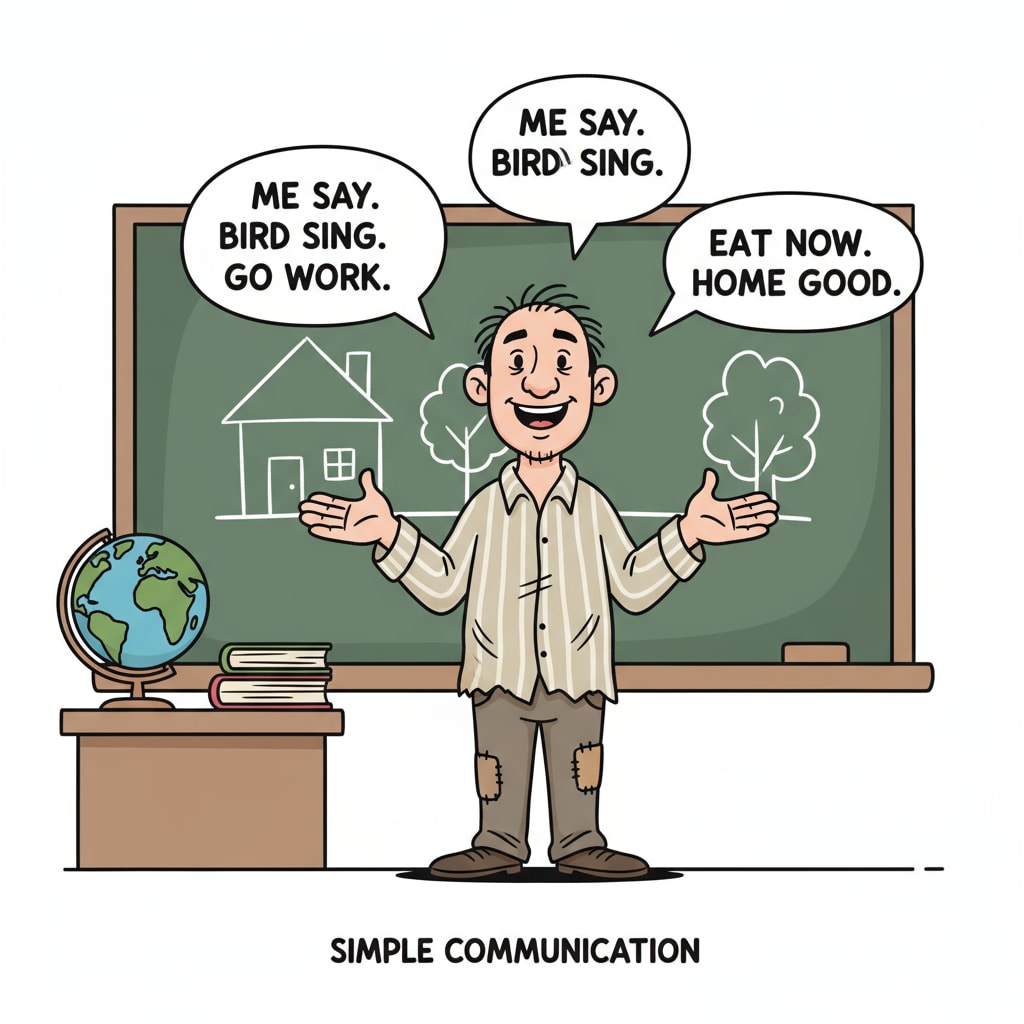In the realm of novel writing, the ability to craft authentic character writing styles that accurately reflect the characters’ educational background is a skill that can elevate a story from ordinary to extraordinary. Characters with limited education bring a unique flavor to a narrative, and portraying them realistically requires a nuanced understanding of various factors. Let’s explore how to achieve this in our novels.

Understanding the Socioeconomic Context
The socioeconomic background of a character is closely intertwined with their educational attainment. For instance, characters from lower-income families may have had fewer opportunities for formal education. This could be due to financial constraints, lack of access to quality schools, or the need to contribute to the family income at an early age. Understanding these factors helps in shaping the character’s attitude towards learning, knowledge, and language use. According to Wikipedia’s entry on Socioeconomic Status, socioeconomic status influences many aspects of a person’s life, including education. Characters from disadvantaged backgrounds might be more focused on survival and practical matters rather than academic pursuits. This should reflect in their speech, thoughts, and actions.
The Language Characteristics of Characters with Limited Education
Language is a powerful tool for depicting a character’s educational level. Characters with limited education often use simpler vocabulary. They may rely on common, everyday words and avoid complex or technical terms. For example, instead of saying “utilize,” they might say “use.” In addition, their grammar and sentence structure can be less refined. Sentences may be shorter, more fragmented, and contain more colloquialisms. Britannica’s page on Language states that language use is a reflection of a person’s experiences and education. These characters might also have a more regional or local dialect, which adds to their authenticity.

Moreover, their communication style may be more direct and less diplomatic. They may not engage in elaborate explanations or circumlocutions. This straightforwardness can be a key aspect of their personality and how they interact with other characters in the story.
The Thought Patterns of Characters with Limited Education
The thought patterns of characters with limited education also play a significant role in their portrayal. These characters may think more concretely, focusing on immediate concerns and practical solutions. They might have difficulty grasping abstract concepts or long-term planning. For example, when faced with a problem, they are more likely to think of a quick fix rather than a comprehensive strategy. Their decision-making process may be influenced by personal experiences and emotions rather than logical analysis. This aspect of their thinking should be woven into the story to make them more relatable and believable.
Readability guidance: By understanding the socioeconomic context, language characteristics, and thought patterns of characters with limited education, novelists can create more authentic and engaging characters. These elements should be carefully balanced to ensure that the story remains readable while effectively presenting the characters’ educational backgrounds. Using shorter paragraphs and clear transitions, like “however,” “therefore,” and “in addition,” helps in maintaining a smooth flow.


